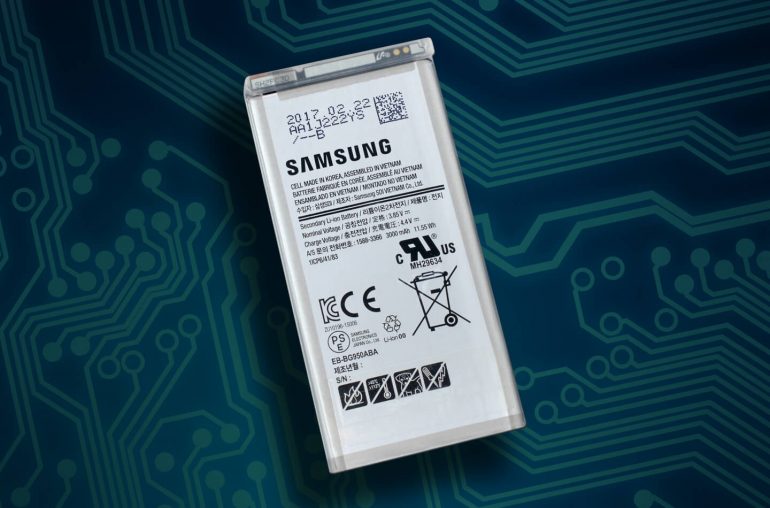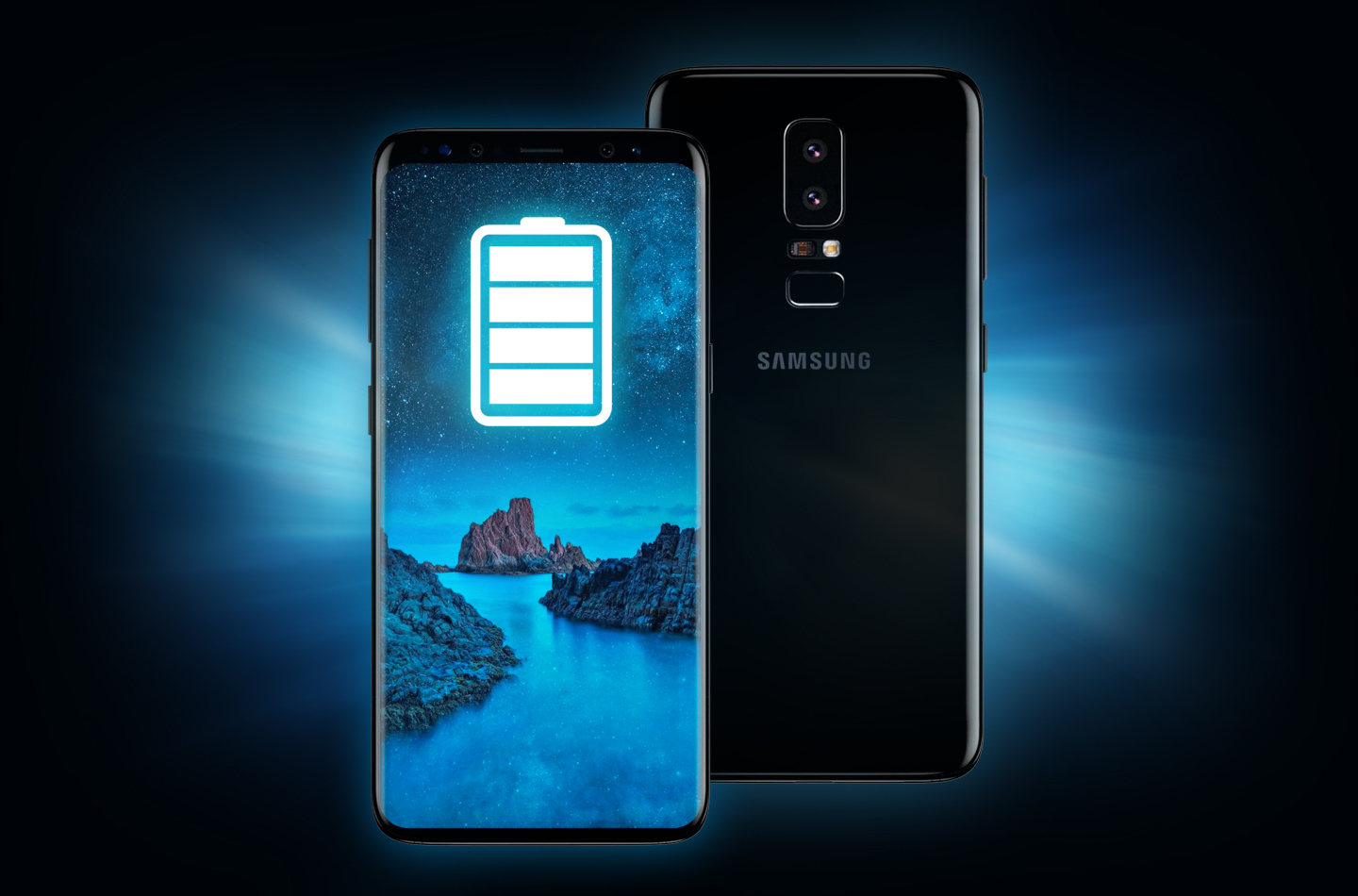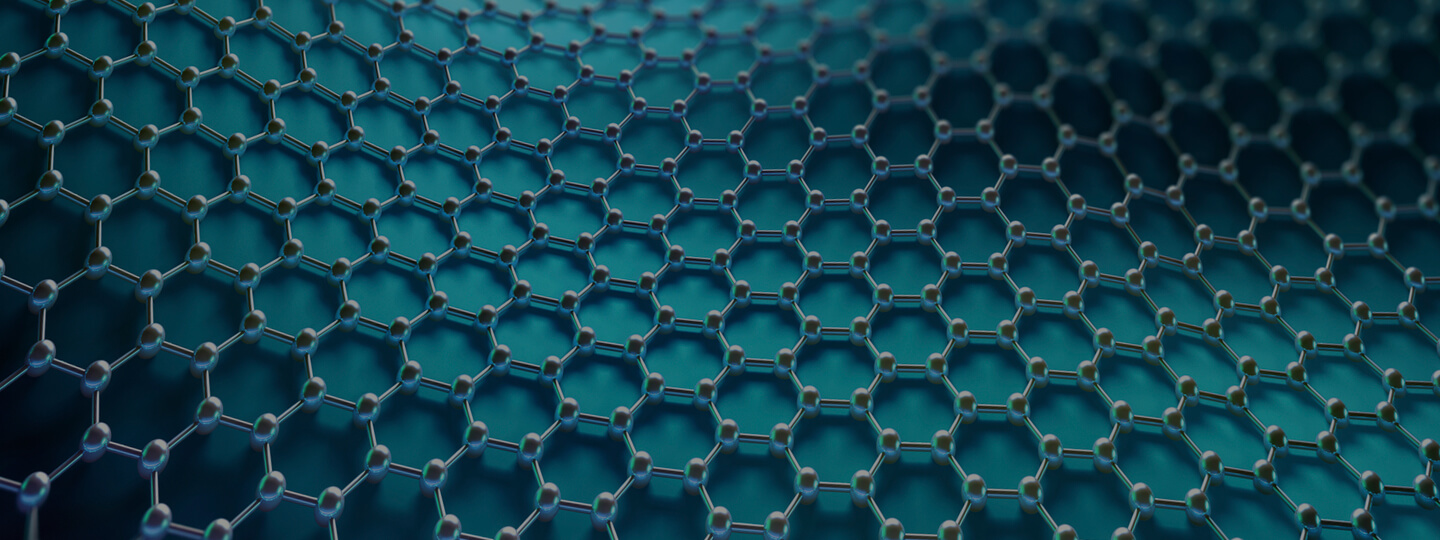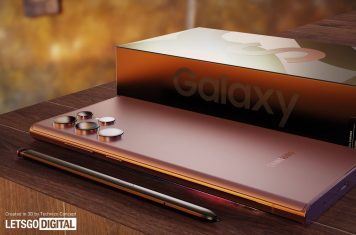A team of research engineers at the Samsung Advanced Institute of Technology (SAIT) developed a ‘graphene ball’, a unique battery material that enables a 45% increase in capacity, and five times faster charging speeds than standard lithium-ion batteries.
New battery for upcoming Samsung smartphones
The technology breakthrough provides promise for the next generation secondary battery market, particularly related to mobile devices and electric vehicles. In its research, SAIT collaborated closely with Samsung SDI as well as a team from Seoul National University’s School of Chemical and Biological Engineering.
Lithium-ion batteries were first commercialized in 1991, and widely applied to markets for mobile devices and electric vehicles. However, standard lithium batteries require charging times of at least an hour to fully charge, even with quick charging technology.
These batteries have also reached their limit for capacity expansion. There have been numerous attempts to explore the use of new innovative materials. Last month we published an interview with the Dutch start-up company LeydenJar, they invented a Li-Ion battery based on pure silicon anodes.
Samsung chooses for graphene balls, instead of pure silicon anodes. Among the materials looked at, graphene has widely become the primary source of interest as the representative next generation material.
Battery charging technology
In theory, a battery based on the ‘graphene ball’ material requires only 12 minutes to fully charge. Additionally, the battery can maintain a highly stable 60 degree Celsius temperature, with stable battery temperatures particularly key for electric vehicles.
In its research, SAIT sought for an approach to apply graphene, a material with high strength and conductivity to batteries, and discovered a mechanism to mass synthesize graphene into a 3D form like popcorn using affordable silica (SiO2).
This ‘graphene ball’ was utilized for both the anode protective layer and cathode materials in lithium-ion batteries. This ensures an increase of charging capacity, decrease of charging time as well as stable temperatures.
Our research enables mass synthesis of multifunctional composite material graphene at an affordable price. At the same time, we were able to considerably enhance the capabilities of lithium-ion batteries in an environment where the markets for mobile devices and electric vehicles is growing rapidly. Our commitment is to continuously explore and develop secondary battery technology in light of these trends, said Dr. Son In-hyuk on behalf of Samsung Advanced Institute of Technology.
What is Graphene?
Graphene is a single layer of carbon atoms from graphite, and is receiving much attention in the battery and display industry due to its physical, chemical stability. Graphene is 100 times more effective than copper in conducting electricity and displays remarkable electron mobility – 140 times faster than silicon – which makes it an ideal material for fast charge.
Advertentie









